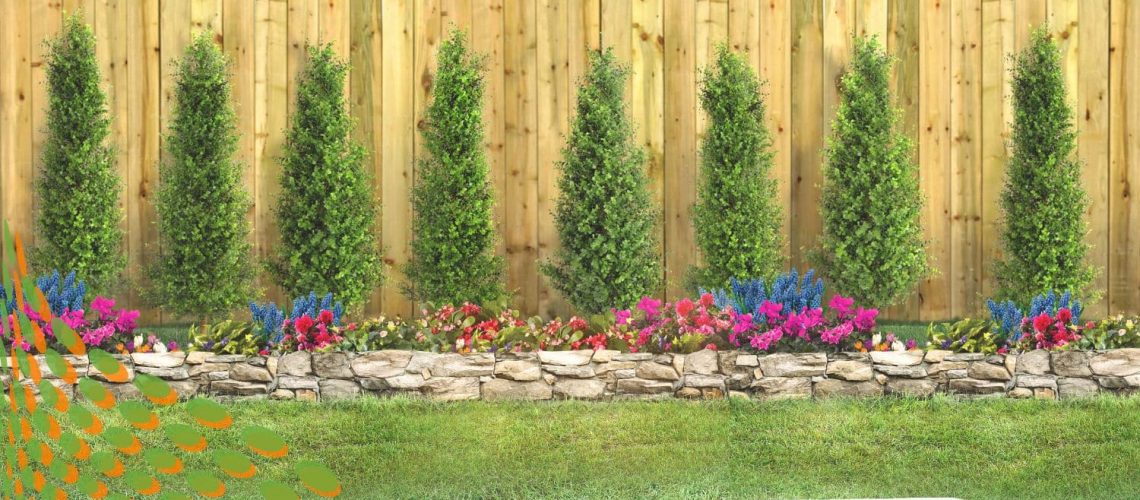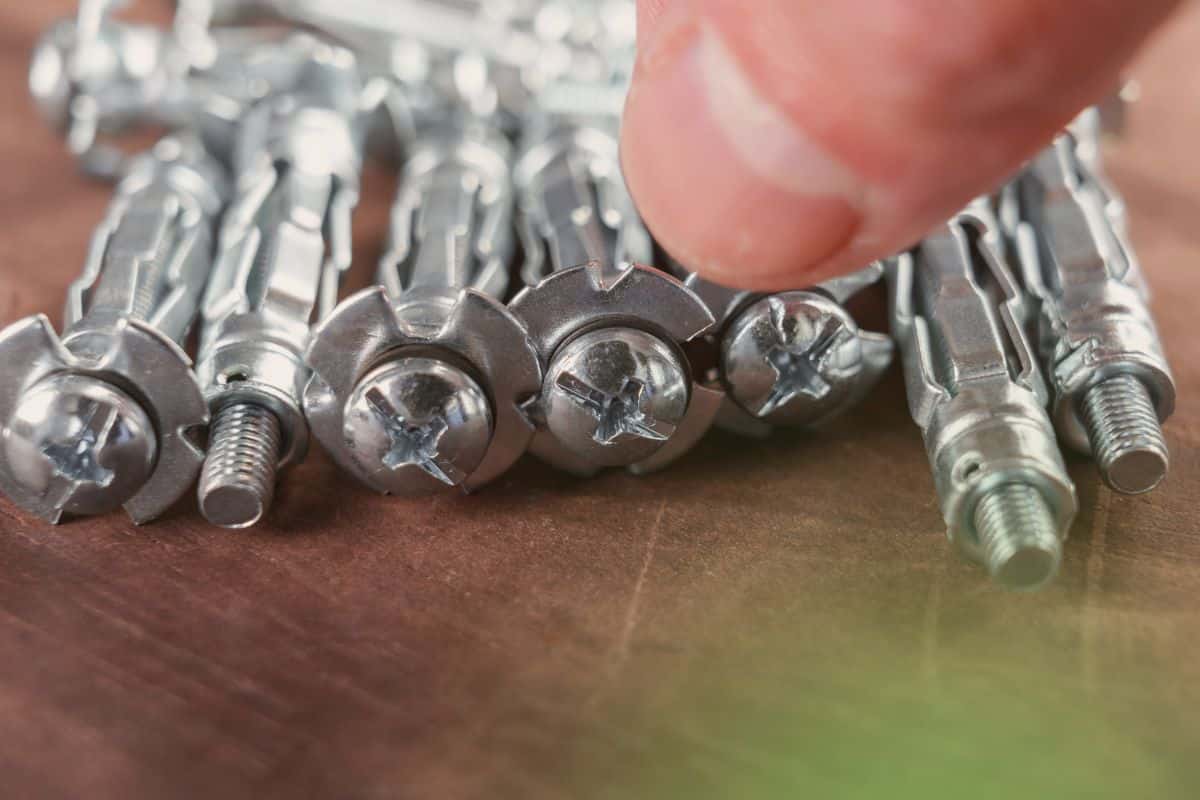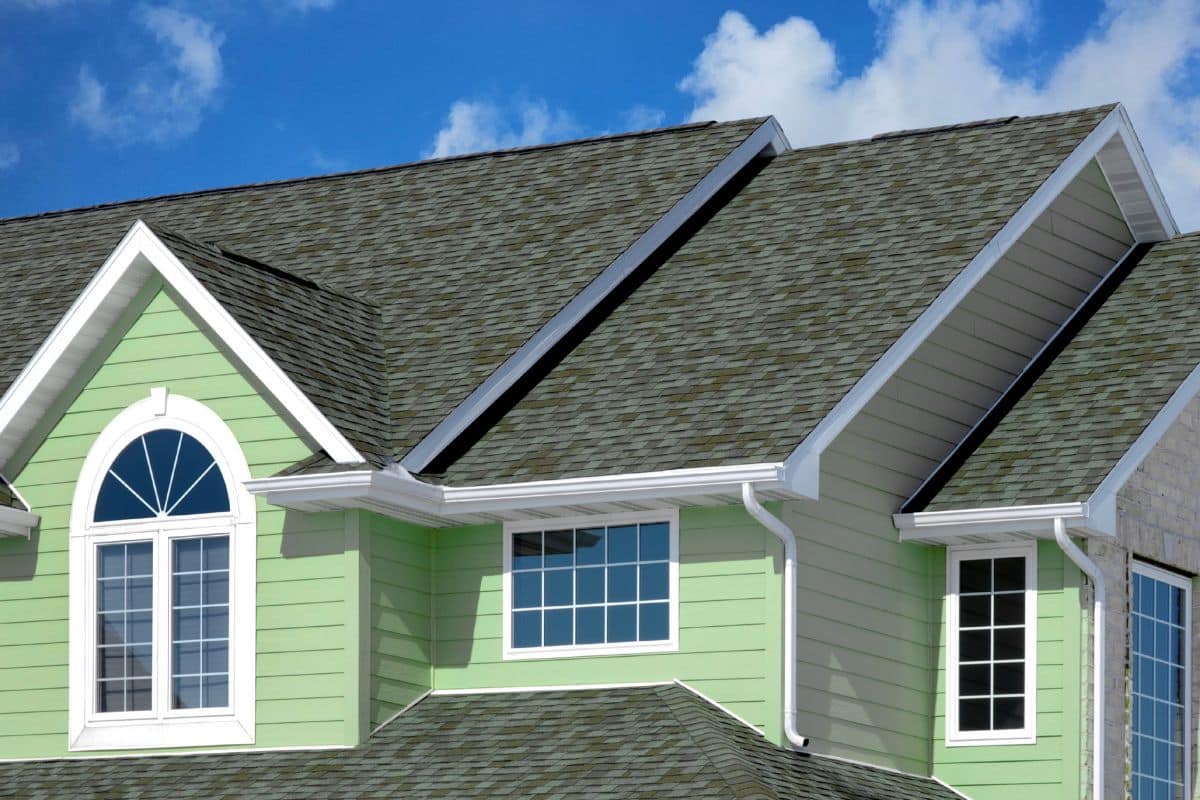Here are six pool fence ideas that go beyond the basics, along with what we look for when evaluating them during a home inspection.
Pool fences are often treated like an afterthought. But from a home inspector’s point of view, they are one of the most important safety features on a property with a pool. A strong, well-placed fence helps prevent accidental drowning, improves privacy, and may even reduce insurance risk.
Most homeowners know the basics, like the need for a self-latching gate. What many don’t know is that the style, spacing, and materials of a pool fence can make just as much of a difference.
Table of Contents
ToggleWhy Pool Fences Matter During Inspections
A pool fence isn’t just about curb appeal. It’s one of the most important safety barriers on any property with a pool.
From an inspector’s point of view, it can influence safety, liability, insurance coverage, and even the success of a home sale. The CDC reports that drowning is a leading cause of accidental injury or death for children ages 1 to 4 in the U.S.
In many of those cases, the child accessed a residential pool without a secure barrier. This is why proper fencing isn’t optional. It’s essential.
Guidelines:
- Fence height and spacing: Most local codes require a minimum fence height of four feet, with gaps no wider than four inches.
- Gate safety: Gates should close on their own, latch securely, and have latches placed high enough to be out of reach of children.
- Material condition: Check for rusted posts, rotting wood, cracked panels, or loose hardware that could fail under pressure.
- Visibility and access: Fences should offer clear visibility of the pool area without blocking emergency entry.
A fence that fails in one area or another might raise red flags in the report, especially if it doesn’t meet code. On the other hand, a well-installed, well-maintained fence shows buyers exactly what they want to see.
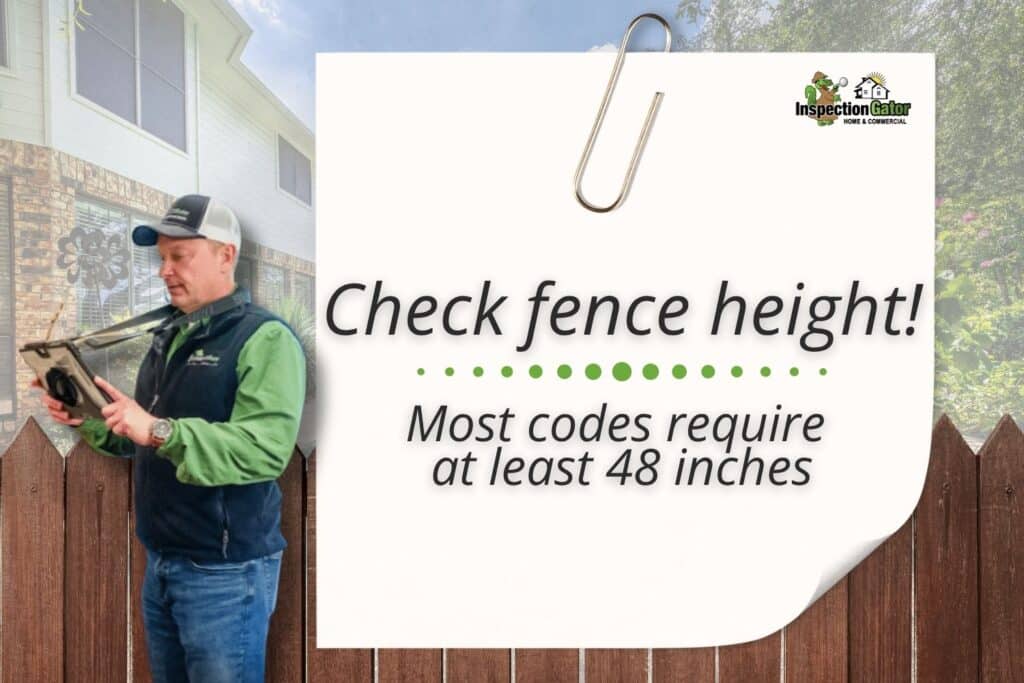
1. Frosted or Textured Glass Panels
Glass fencing offers a sleek, upscale look. But clear panels may not provide enough privacy for pool areas in smaller yards. Frosted or textured glass panels give you the same open view from inside the house while creating a more private and wind-resistant pool space.
- Great for pool areas close to neighbors or patios
- Can reduce visual clutter without blocking natural light
- Tempered glass is highly durable but requires regular cleaning
Check for proper mounting height, gap spacing, and signs of cracking or worn hardware. Damaged panels, missing anchors, or loose posts can turn a stylish fence into a hazard.
2. Wood Slats with Reinforcements
Wood fences remain popular pool fence ideas, but they can age quickly without proper installation and maintenance. Vertical slats reduce footholds and meet safety codes more easily than horizontal designs.
- Offers full privacy and sound buffering
- Matches well with traditional home styles or landscaped yards
- Requires sealing or staining every few years to prevent rot
- Wood fencing near a pool should be checked for signs of warping, mold, or splintering. Also verify that gate latches and hinge hardware are still aligned and functioning.
3. Mesh with a Safety Latch
Removable mesh fencing is a practical choice for families with young children, seasonal pool use, or visiting grandchildren. It allows flexibility without skipping on safety.
- Lightweight and cost-effective
- Typically meets residential pool barrier codes when installed correctly
- Easy to remove when no longer needed
Check for tension, base stability, and whether the gate self-closes and latches. Even though it is temporary, the system must be secure to be considered compliant.
4. Aluminum with Privacy Inserts
Aluminum fencing is a durable, rust-resistant choice. Adding decorative panels, vinyl inserts, or built-in planters can increase privacy without sacrificing airflow or visibility.
- Low maintenance and long-lasting in wet environments
- Often used around pools, patios, or garden zones
- Panels can be swapped or upgraded later
Aluminum fencing should be evaluated for corrosion at base posts and gate hardware. Look for any missing spacers or improperly fastened sections that could leave gaps.
5. Hedges or Integrated Landscaping
A living privacy screen can soften the look of a basic pool fence and provide natural sound insulation. Popular options include bamboo, tall grasses, flowering shrubs, and climbing vines.
- Visually blends the pool area with the rest of the yard
- Can be layered with chain-link or mesh fencing for code compliance
- Helps reduce wind and creates shade
Check for vegetation that has damaged the fence, blocked access, or trip hazards. Trees or roots growing too close to the pool foundation may also raise red flags, as they can cause the concrete to crack and buckle.
6. Composite with a Self-Latch
Composite materials are good pool fence ideas since they offer the look of wood without the upkeep. When combined with a self-latching gate and sturdy framing, this is one of the most secure and long-lasting options available.
- Withstands harsh weather, water, and UV exposure
- Great for long-term privacy and resale appeal
- Available in a wide range of styles and colors
Take notice of improper gate installation, outdated hardware, or composite panels mounted too low or with unsafe spacing. A well-built composite fence should meet code and show no signs of sagging or loose fasteners.
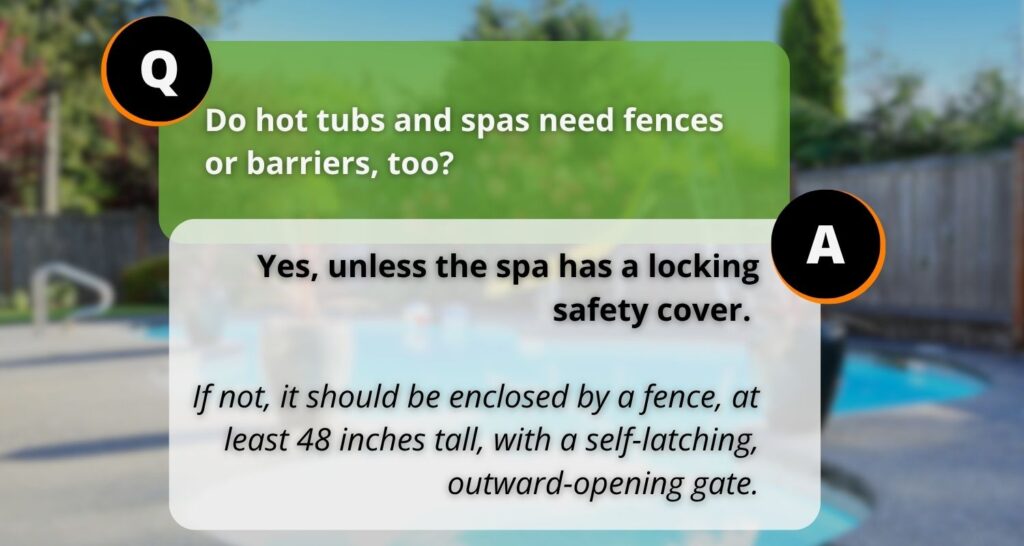
Other Pool and Spa Features to Watch
Beyond the fence, there are several other pool and spa components that should be checked to ensure safety and longevity:
- Pool pumps and filtration systems: These should be working efficiently and free of visible leaks or electrical issues.
- Water heaters and plumbing lines: Inspect for proper function and signs of corrosion or leaks.
- Lighting and electrical: All lighting, outlets, and equipment near the water should be properly bonded and GFCI-protected.
- Safety equipment: Ensure lifesaving devices like reach poles or flotation rings are accessible and in good condition.
- Surrounding surfaces: Look for cracks, uneven tiles, or slippery decking that could pose a fall risk.
When to Call a Professional
If you own or are buying a home with a pool, one of the first good ideas is getting the fence inspected. That’s especially true if it has been more than a few years since installation.
At Inspection Gator, we inspect far more than pool barriers. Our services also include:
- Electrical bonding and safety around water features
- Pool deck surface conditions and drainage grading
- Septic, well, and water quality systems
- Structural concerns near fencing, patios, or outdoor equipment
- Termite damage or wood decay in fence posts and enclosures
Whether you are buying, selling, or maintaining a home, it is always smart to get a second set of eyes on anything surrounding a pool.
Related Questions
Does a pool fence have to be permanent to be safe?
No. Removable mesh fencing can be compliant if installed properly and used with a self-latching gate. The key is whether it can consistently perform as a safety barrier.
Can a new homeowner be held responsible for an unsafe pool fence?
Yes. Once the property is in your name, you are responsible for maintaining safe conditions. A pre-purchase inspection can help you catch issues early before liability becomes a concern.
What other backyard systems should be inspected near a pool?
Any systems connected to water or structure should be reviewed. This includes sprinkler systems, deck framing, outdoor kitchens, and nearby septic components. Improper drainage or grading around these features can create safety risks over time.
Conclusion
A pool fence does more than mark property lines, and well-maintained equipment is more than a luxury.
If you are not sure whether your fence meets current safety standards, or if you are preparing to buy or sell a home with a pool, check out the Health and Safety Codes.

